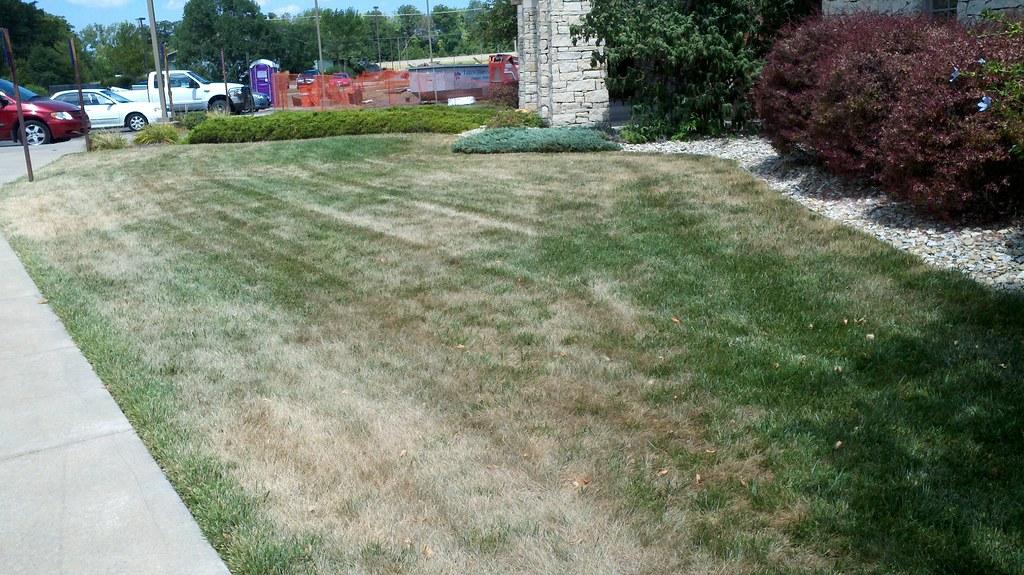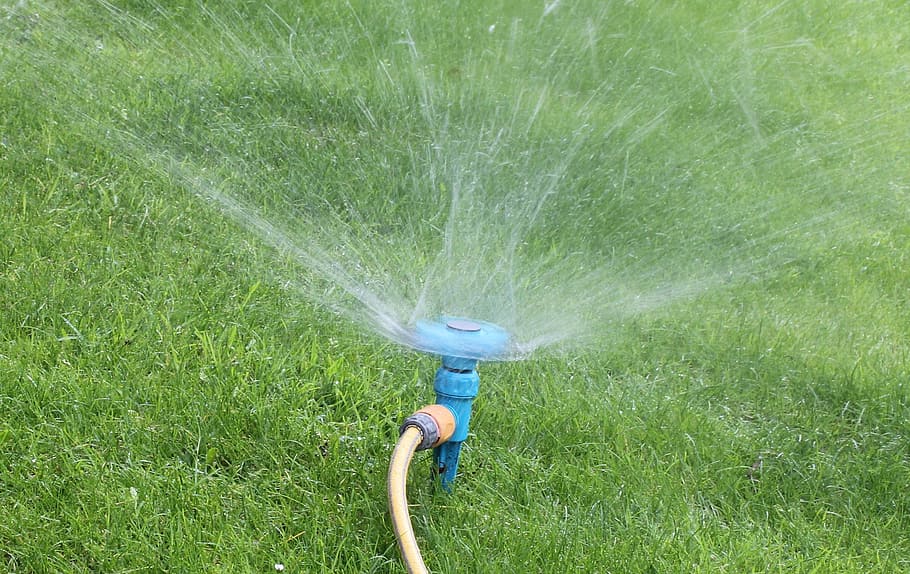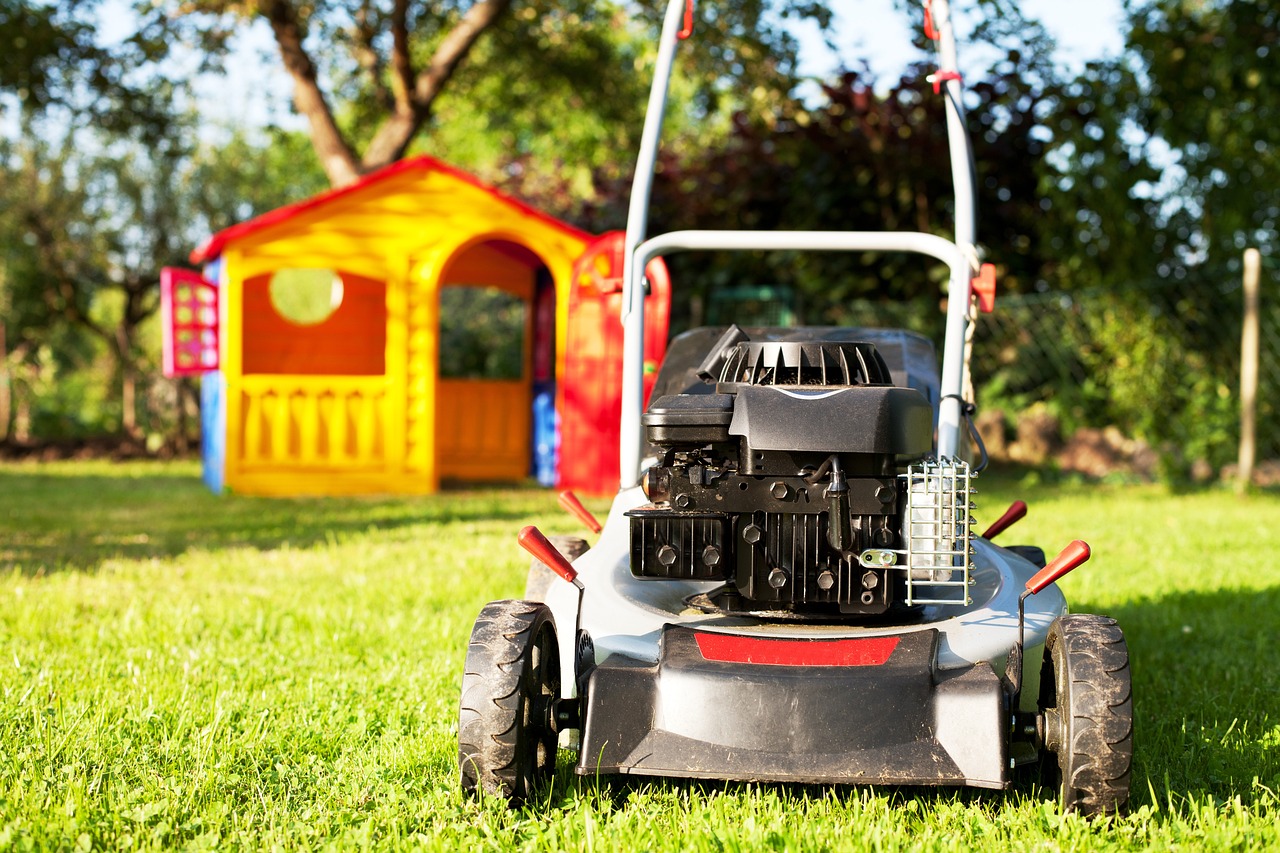As seasons change, it’s time to bring your lawn back to life after a winter or extreme summer. After such challenging conditions, your lawn doesn’t die. Instead, it goes into dormancy mode to defend itself from the weather.
So, how to wake up dormant grass? We will walk you through practical steps to transform your dull lawn into a lush carpet of green. Let’s dive in!
How To Wake Up Dormant Grass?
Dormant grass requires aeration, watering, fertilization, and other things to recover. Hence, keep calm when your lawn turns brown, and follow these steps to wake it up with a green color!
Step 1: Check your grass
Before saving your grass, ensure it’s still alive. Please note that dormant blades did not die. In fact, they just don’t respond to the surrounding conditions.
The most significant difference between dormant and dead grass is its color. Generally, the dormant grass is purple or yellow. Meanwhile, the dead blades turn gray or brown.
Another way to check the grass is to cut the blade from below its surface. Then, turn it over and touch the upper side. If it feels moist, you can recover it. Otherwise, say goodbye to the grass and plan the next grass cultivation.

1. Check the condition of the grass first
Step 2: Promote aeration
Aeration is an essential lawn care practice. This approach involves creating small holes in the soil to promote even growth and prevent diseases.
You can manually aerate dormant grass with a garden fork about four inches deep at four to six-inch intervals. Then, oxygen can reach the grassroots.
Using a tiny fork for a large lawn can be a daunting task. But don’t worry! Commercial lawn aerators are available for this job.
Step 3: Give your grass some water
Watering plays a crucial role in maintaining a healthy and vibrant lawn. Even during dormancy, turfgrass plants continue to absorb water and nutrients.
So, water your lawn in the morning before the sun gets hot, providing at least 1 to 1.5 inches of water per week.
The watering method depends on climate conditions. For example, sprinklers are perfect for areas with high water requirements, like clay and sandy soil, as they can cover a larger area.

2. Give your dormant grass some water
Step 4: Fertilize your grass
Even when your grass appears dormant, it still needs healthy soil with ample nutrients for new shoots to grow. In this case, nitrogen-based fertilizers are the best for promoting their development.
However, you must exercise caution when applying fertilizer to dormant grass in the summer. For example, only feed it when there is enough water. Only in this condition can your grass absorb and use the nutrients from the fertilizer.
Step 5: Remove weeds
Weed removal is a vital aspect of waking up dormant grass. The optimal time for this task is when your grass is not actively growing, as it minimizes the risk of spreading weed seeds while disturbing your lawn.
During dormancy, weed removal is easier to do because the grass blades won’t interfere. Hence, you can access the soil.
So when handling the weeds, ensure to remove the root system completely by hand or with tools like a cobra head weeder.
Please remember that if you just pull off the surface leaves, there will still be room for regrowth. As a result, the likelihood of future weed infestations in your lawn will increase.
Step 6: Mow your lawn
The grass should maintain its regular height during drought seasons to minimize stress. Thus, consider mowing your lawn to help it.
You can trim the grass in the early morning or late evening when temperatures are cool. The key here is to reduce heat stress and the risk of dehydration.
When mowing, avoid trimming more than one-third of the grass height in a single session. This tip promotes healthier growth and prevents shock to your grass.
Choosing a high-quality lawn mower and properly maintaining it are also essential to your lawn care tasks. You can store it outside, but learn how to do it correctly first.
Besides, hone the mower blade regularly to keep it in good condition. Only sharp blades can give you clean cuts.
And finally, use the correct oil type for the machine. Some people add non-detergent oil to the machine, but it’s not always a good idea.

3. Consider mowing your lawn to recover it
Precautions When Waking Up Dormant Grass
When waking up your dormant grass, always take certain precautions to ensure a successful and healthy revival. The tips will help you overcome this tough time:
- Check the forecast: Keep an eye on the weather forecast to avoid waking up dormant grass too early or during extreme heat and drought. Instead, consider this treatment with moderate temperatures and adequate rainfall.
- Reduce traffic: Walking too much on the lawn will cause soil compaction. Then, the roots can’t absorb water properly, leading to over-wetting after the rainfall. And finally, the roots will die.
- Do not rush: Allow your grass to come out of dormancy at its own pace naturally. If you rush the process by applying excessive water, it will feel stressed and can’t grow.
- Avoid over-fertilizing: Similarly, you have to be cautious with fertilization. Dormant grass requires a different method compared to active one. Over-fertilization may lead to excessive growth and burn the grass.

4. Important things to note when waking up dormant grass
Conclusion
Waking up dormant grass requires care, patience, and proper techniques. You can successfully revive your lawn by following the steps outlined in this guide.
Even so, remember to change the solutions based on your grass type, climate, and lawn conditions. But whichever case you deal with, you can pull it off with enough care. Thank you for reading, and happy gardening!

